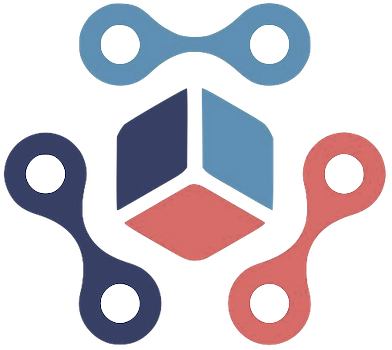In a landscape often dominated by incremental progress, Lovable stands out as a testament to the transformative potential of artificial intelligence. Launched in Sweden just eight months ago, this bold startup has achieved what many firms spend years striving for: rapid, scalable growth. Achieving unicorn status at a $1.8 billion valuation mainly reflects its disruptive approach to software creation. Unlike traditional development tools that require deep coding expertise, Lovable leverages the power of large language models to democratize web and app development, making it accessible to non-technical users. This shift is not merely a technological upgrade but a fundamental reimagining of how digital products are conceived, designed, and brought to life.
The company’s ability to attract over 2.3 million active users—most of whom are free—demonstrates the strength of its market appeal. Nearly 180,000 paying subscribers generate an impressive $75 million in annual recurring revenue within just seven months, a feat that underscores both the demand for user-friendly development tools and Lovable’s effective monetization strategy. Investors, recognizing this runaway growth, poured $200 million into the Series A round led by Accel, reinforcing confidence in a product that taps into an underserved segment: people with ideas but limited technical skills. It’s a bold bet that embodies the shifting landscape where innovation is no longer solely for seasoned developers but for anyone with a vision.
Disrupting Traditional Development: A Game for Non-Technical Creators
What makes Lovable genuinely revolutionary is its focus on empowering non-technical users to participate in app and website creation. For years, the tech industry has been reinforcing a barrier: coding is complex, time-consuming, and expensive. Lovable effectively dissolves this barrier by enabling users to describe what they want in plain language, which the platform then converts into functional prototypes or even production-ready code. This approach taps into the growing “citizen developer” movement, democratizing software creation and opening floodgates of innovation from people outside Silicon Valley or top-tier tech firms.
The platform’s success with prototypes and initial designs, which then can be handed off to professional developers for full-scale development, indicates a new collaborative model. It lowers costs, accelerates timelines, and unleashes creativity—especially for startups, small businesses, or entrepreneurs who lack vast development resources. The fact that more than 10 million projects have been created through Lovable underscores its massive adoption and the hunger for such tools. Furthermore, the platform’s vision of evolving towards enterprise-grade solutions signals a strategic intent to go beyond simple prototyping into building core business applications.
Strategic Growth and the Future of AI-Driven Creation
One cannot overlook how modest the team behind Lovable is—just 45 full-time employees—yet it’s achieving what many tech giants could only dream of accomplishing with thousands. This lean operation hints at a highly efficient, perhaps even revolutionary, organizational approach that maximizes AI’s capabilities without bloated overhead. It’s a validation of the rapid deployment model that AI enables: leverage smart algorithms to do the heavy lifting, allowing a small team to focus on innovation rather than maintenance.
The involvement of high-profile angel investors, including the CEO of Klarna, the founder of Slack, and other industry pioneers, isn’t accidental. This network not only provides capital but also valuable strategic insights, mentorship, and validation. Their participation signals a belief that Lovable’s model could redefine how creators and companies approach software development at every level.
Looking ahead, Lovable appears poised to capitalize on success stories like the Brazilian edtech app, which grossed $3 million in just 48 hours—a clear indicator that AI tools like Lovable can generate rapid revenue streams and open new markets. Its existing enterprise clientele, including giants like Klarna and Hubspot, reinforce its credibility and hint at expansive industry adoption. Ultimately, Lovable’s growth suggests a future where the barrier between idea and execution diminishes drastically, replacing lengthy development cycles with swift, intuitive, and accessible AI-powered creation. Whether this evolution will reshape the entire software industry or serve as a catalyst for broader change remains to be seen, but Lovable’s journey underscores just how promising and disruptive AI-driven innovation can be.

